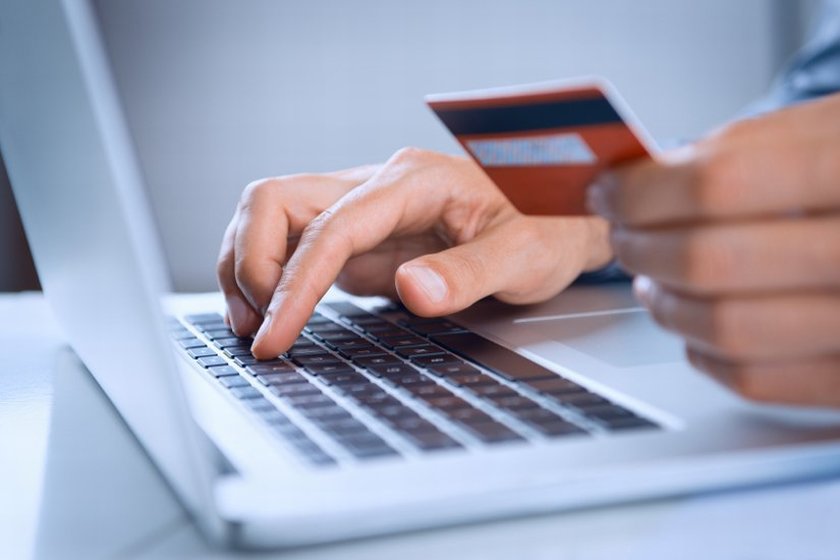If you’re still forking over cash to pay back your co-worker for your share of last week’s lunch, you might want to get with the times. A growing number of apps are making it simple to instantly transfer money electronically to others with what are called person-to-person, or P2P, payments.“What we’re seeing is a major once-in-a-lifetime change,” says Stuart Sopp, CEO of Current, a debit card for teens that also allows digital P2P payments. The widespread adoption of P2P payment services could mean we are inching ever closer to a cashless society.A Bank of America survey of 1,005 adults who have a checking or savings account as well as a smartphone found 36 percent of respondents currently use P2P services. Among millennials, usage jumps to 62 percent. For those who don’t currently make electronic person-to-person payments, half expect to do so in 2017. Seniors are the one exception, with only 25 percent of non-users in that group saying they will make P2P payments in 2017.“We think P2P is the new social norm,” says Mark Monaco, head of enterprise payments for Bank of America. If you’re ready to get on the bandwagon, here’s how to do it right.[Read: What Millennials Want From a Bank.]Choose the right payment method. There are lots of options for making P2P payments. PayPal and Venmo are two popular services that link to external bank accounts to transfer money. Bank of America, as well as eight other major institutions, use Zelle, a P2P service that is integrated into mobile banking apps. “You can use it without ever leaving the safety of your financial institution,” Monaco says.When selecting a payment service to use, think of the recipient. “You should pay someone in the mode that works for them,” says Greg Lisiewski, a former director with PayPal and CEO of Blispay, a company that helps small and medium businesses finance consumer purchases. That means people shouldn’t send a Venmo payment to someone who uses PayPal or a PayPal payment for someone who prefers a check.Remember the sender pays the fee. Some P2P services are free, while others charge a fee, particularly if a credit card is used to fund the transaction. “The clear etiquette is that the person receiving should get the full amount they are expecting,” Lisiewski says.Before hitting send, know whether a fee is charged and how it is applied. If the fee is taken out of the amount delivered to the recipient, adjust your payment to compensate for it.[Read: 3 Payment Platforms for Parents.]Understand the expected timeline for payment. Just as payment methods are evolving, so too are people’s expectations. “The expectation of paying someone back is no longer 'when I see you next,'” says Michael Landau, payments research lead for global financial firm PwC. Instead, people want to be repaid almost immediately.The Bank of America study found 53 percent of those requesting money via a P2P platform expect to be paid within 24 hours. Fifteen percent want it within minutes. To avoid hurt feelings, get on the same page with the other party about the timeline for payments. If the money will be delayed, the right thing to do is communicate, rather than avoid the subject.Exercise some discretion. Most P2P transactions are conducted privately, but there may be instances in which others see a payment. Most notably, Venmo maintains a feed for users that includes who was paid along with a brief description. The privacy settings for transactions can be adjusted to limit who sees them.Lisiewski stresses that discretion must be considered. Some friends may not want the details of their finances made public, even if it’s for something as inconsequential as a coffee. In other situations, such as a birthday or wedding gift, a public transaction could ruin the surprise.[Read: 7 Banking Services That Can Save Retirees Money.]It’s nice to send a note. Person-to-person payments are easy, but they can also be impersonal. “We can’t forget there is a human element behind it,” Landau says. “It would be off-putting to send a request for money before the reason is communicated.” This can be achieved, on many platforms, by including a brief note with the payment request.As for acknowledging a payment, there is no easy way to do so within most apps. Sopp says it would make sense to include the ability to “thumbs up” or “like” a transaction as a thank you. Until that feature is developed, the only way to acknowledge money would be through a separate email, text or call.That level of communication might be appropriate for a large sum, but Sopp says it isn’t needed for most routine P2P transactions. “A physical contact – a call – would almost defeat the purpose of it,” he says.While P2P payments are relatively new, they still benefit from old-fashioned social norms. Be polite when making requests, pay promptly and if there is a problem, follow up with a personal contact rather than letting a digital payment ruin a relationship.10 Money-Saving Websites to Check Before Shopping.


